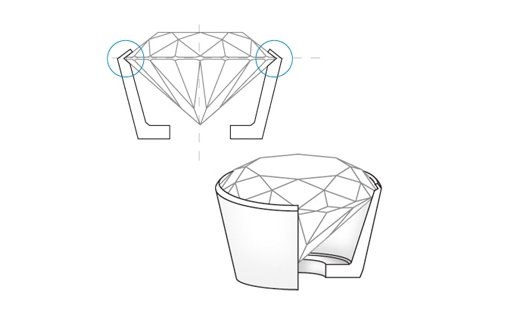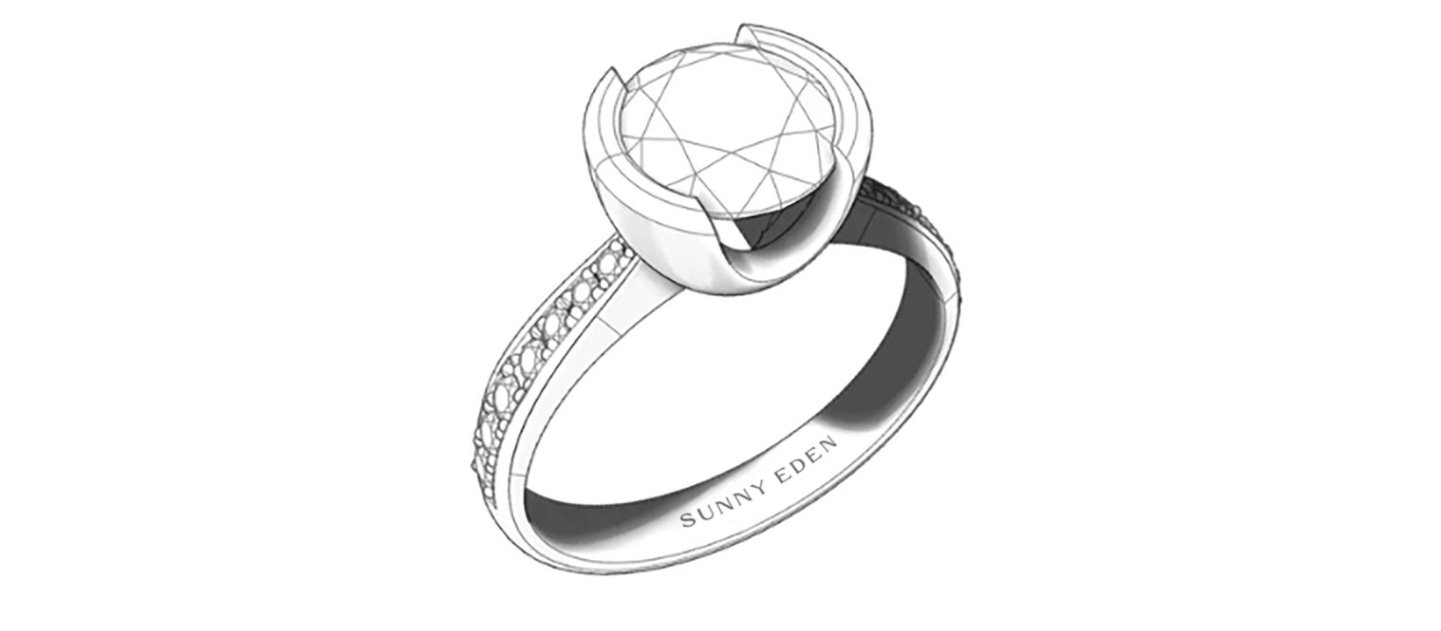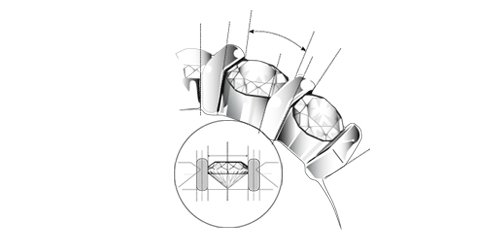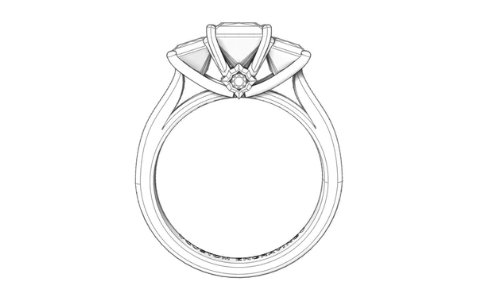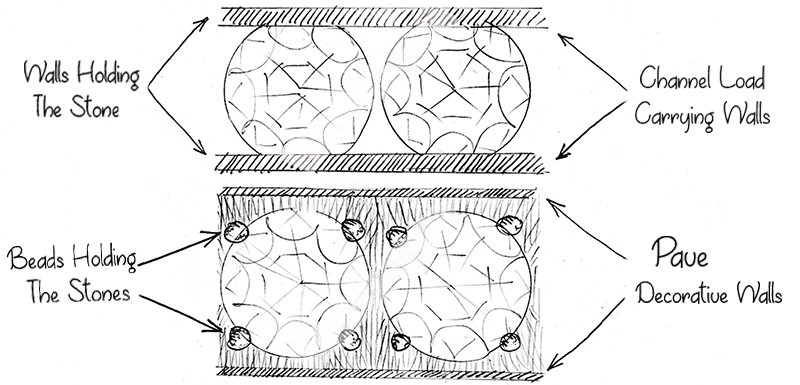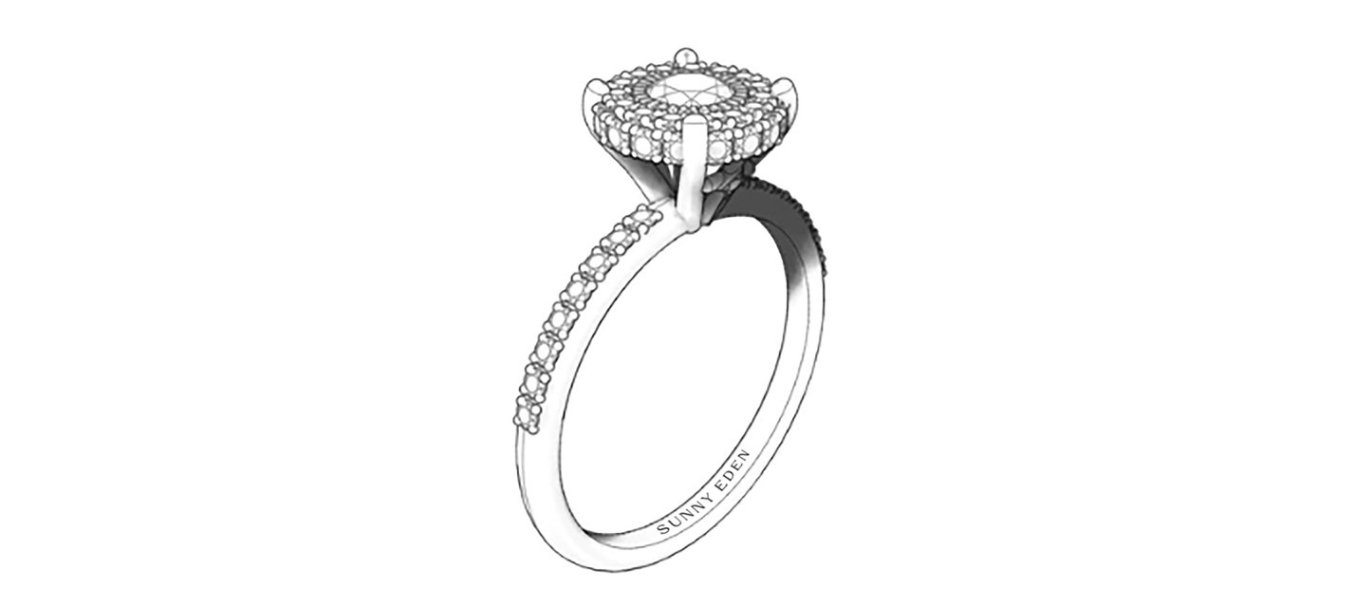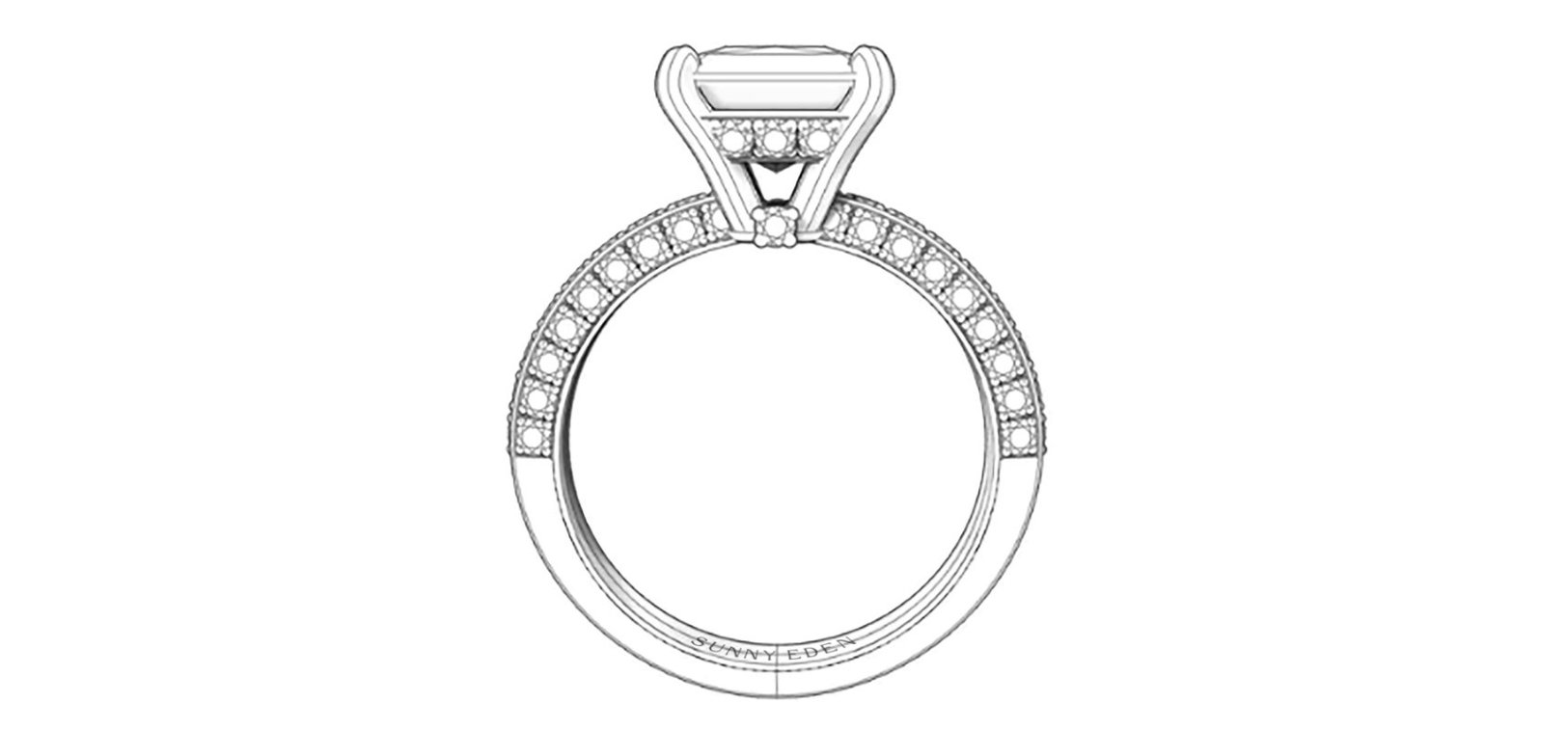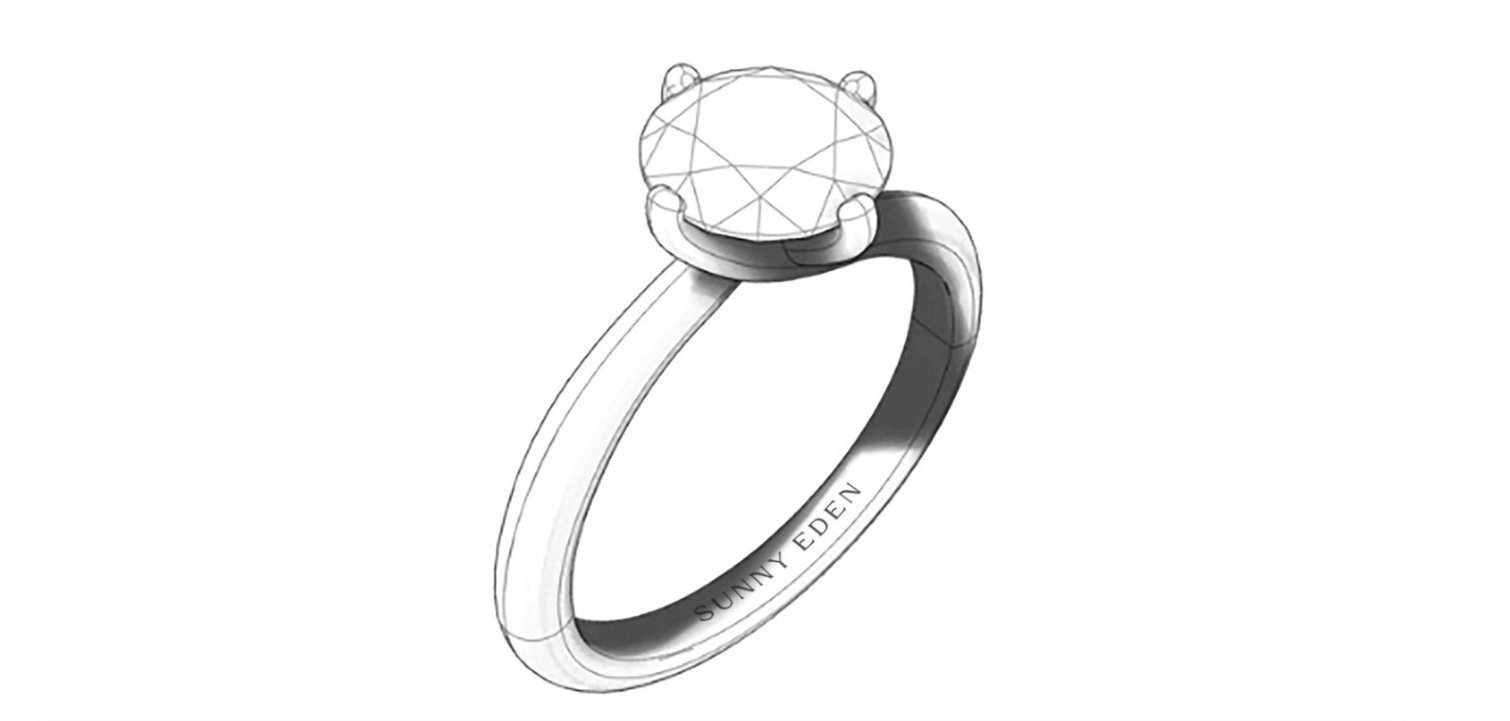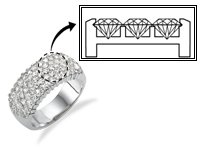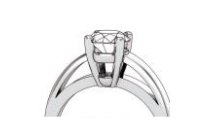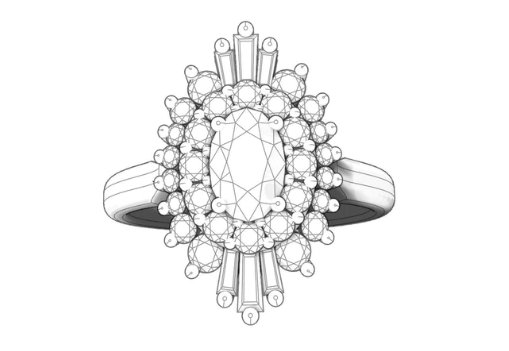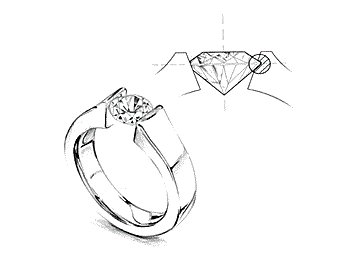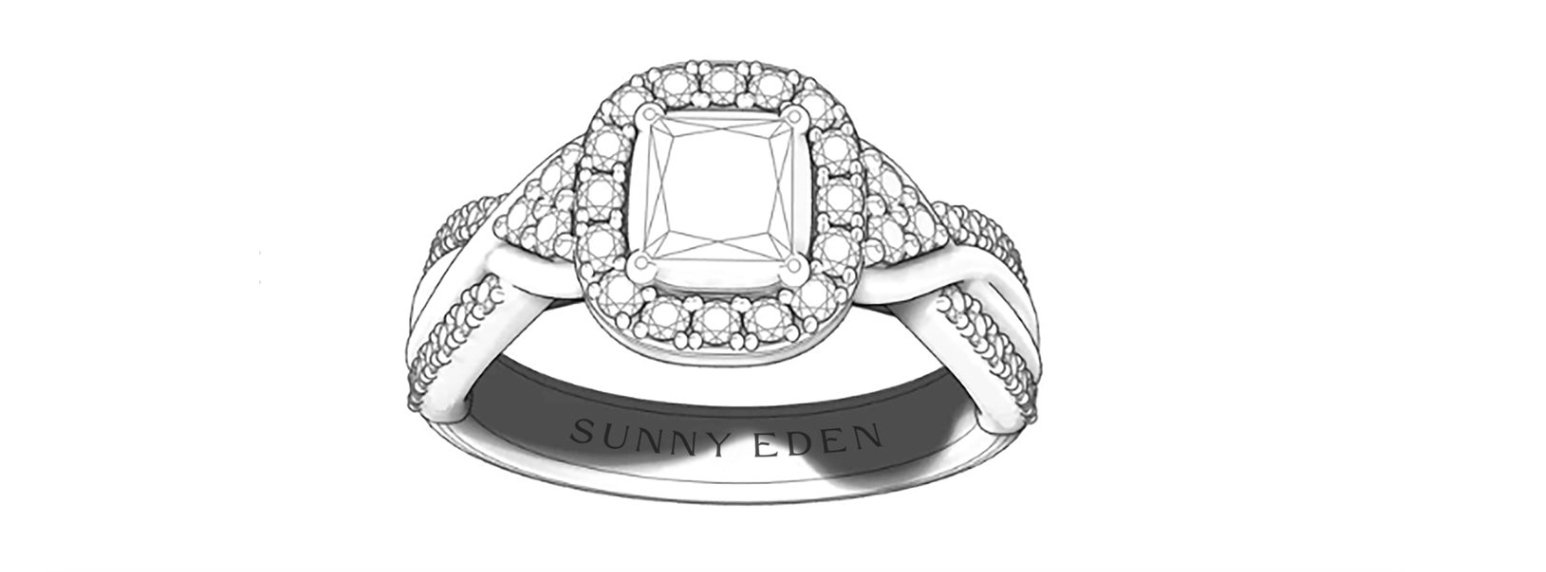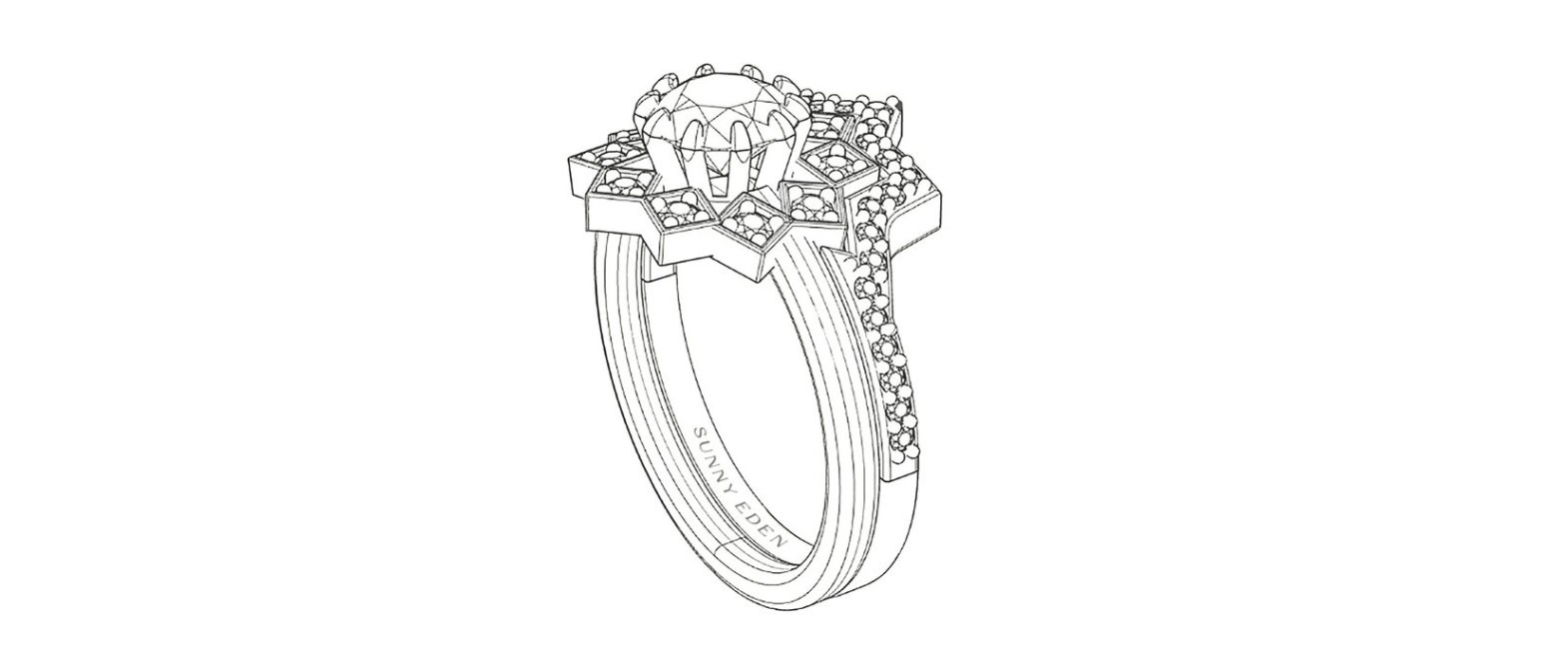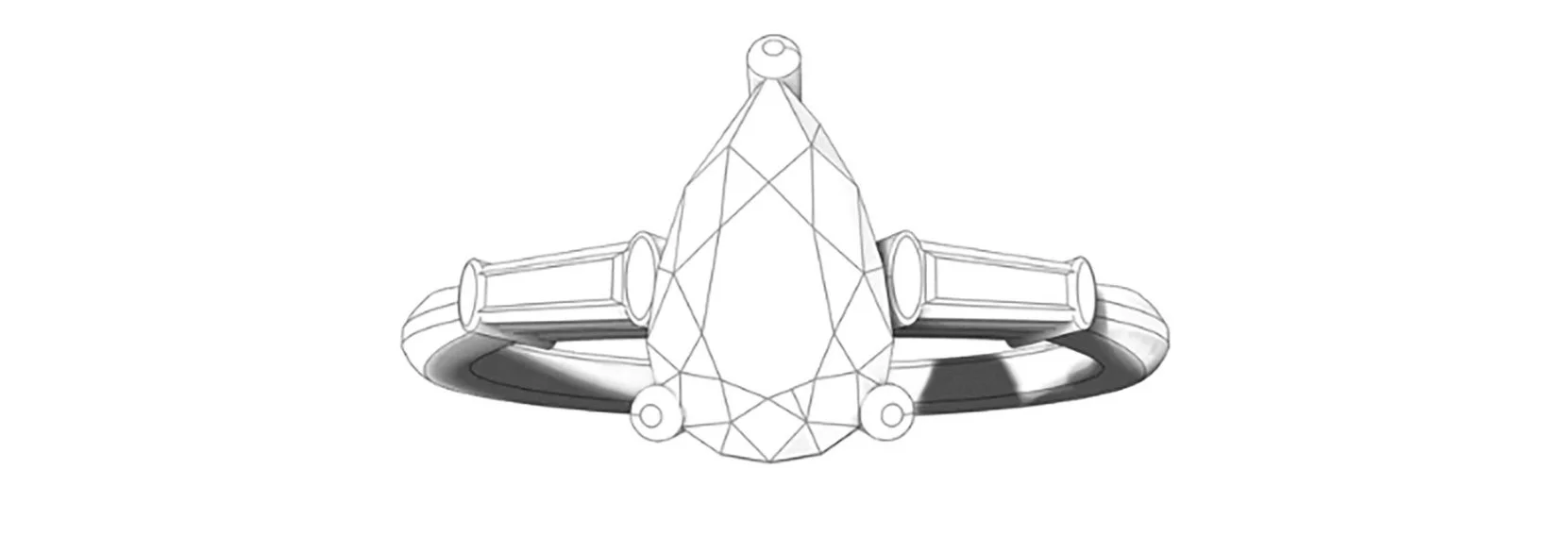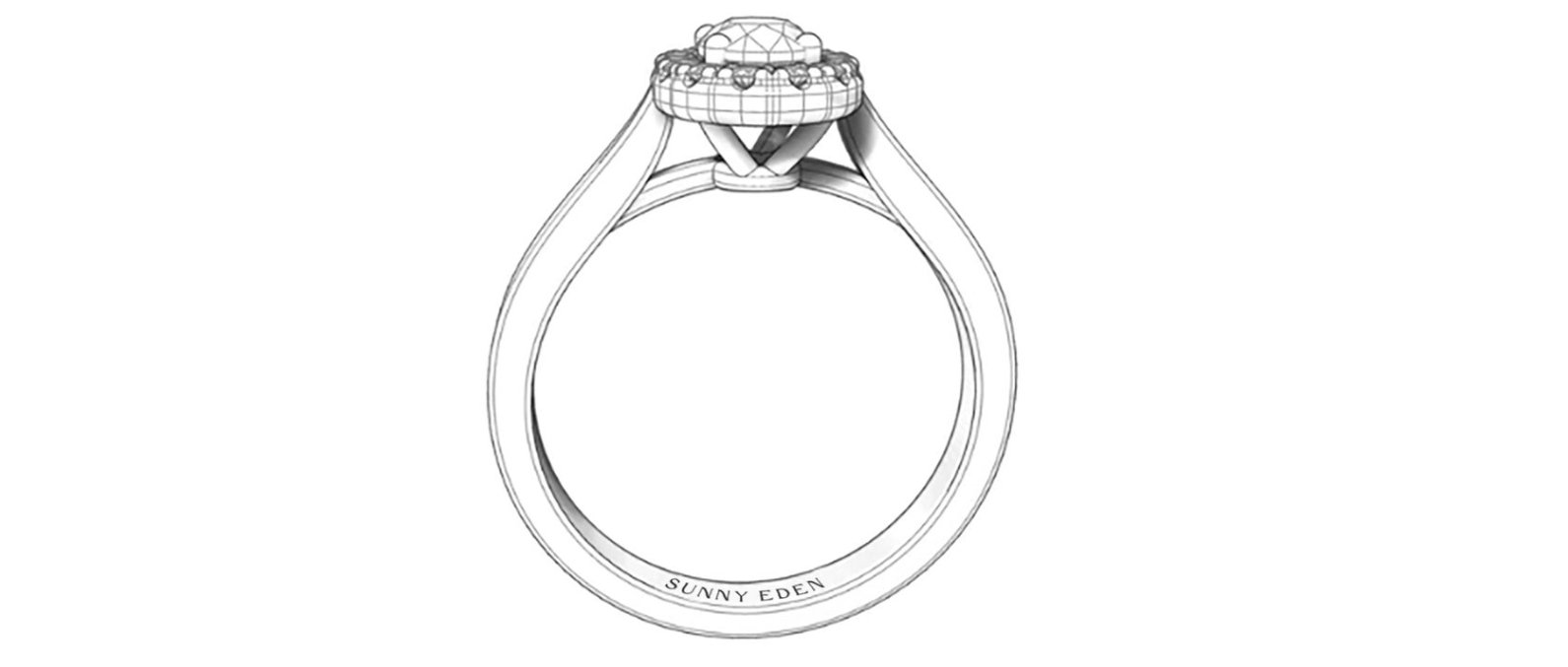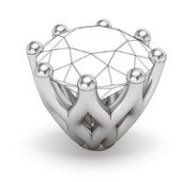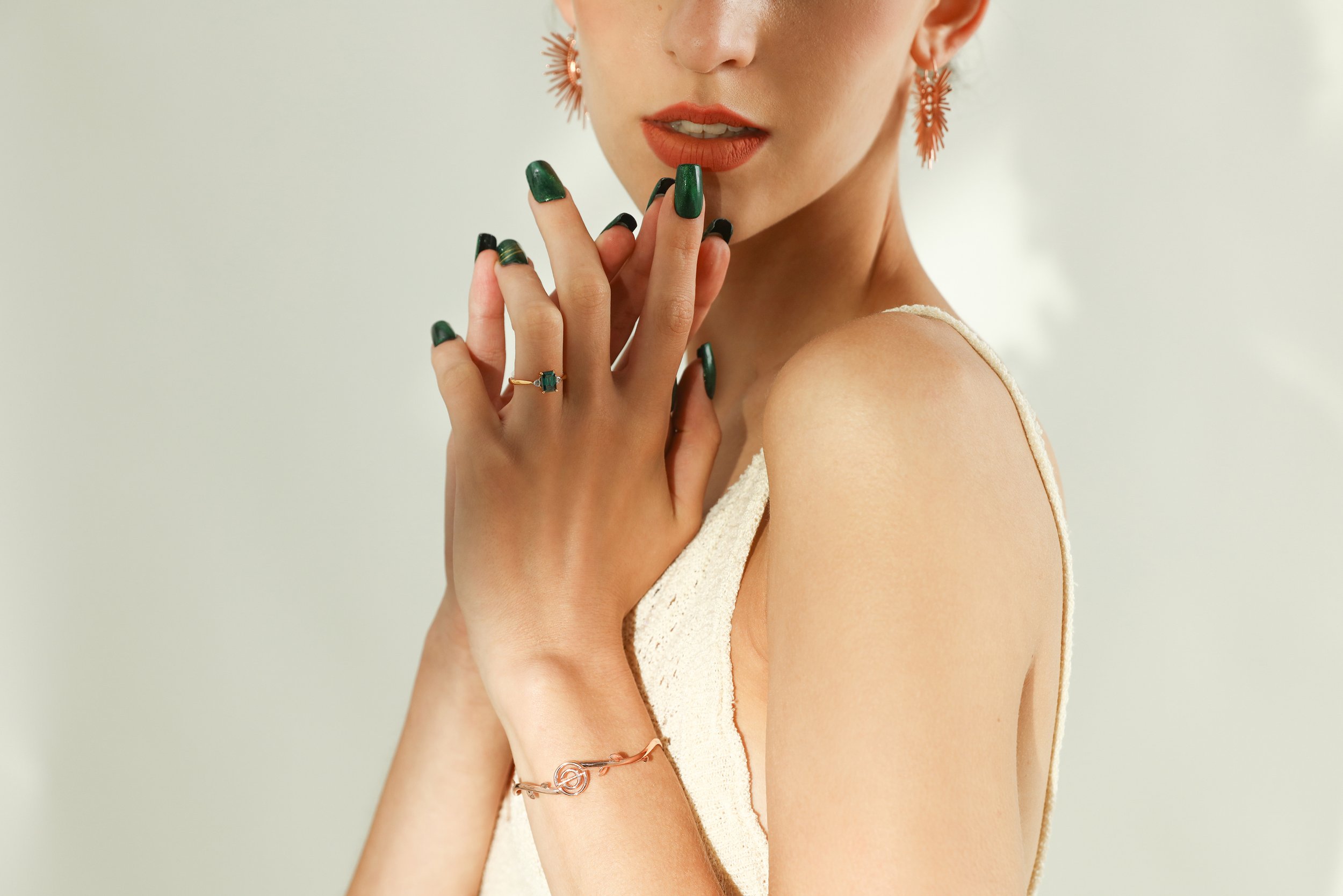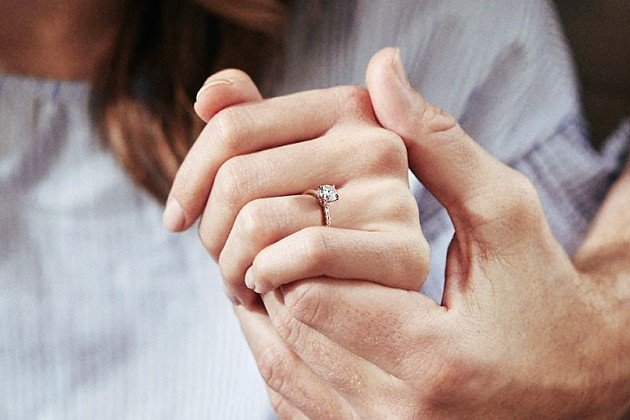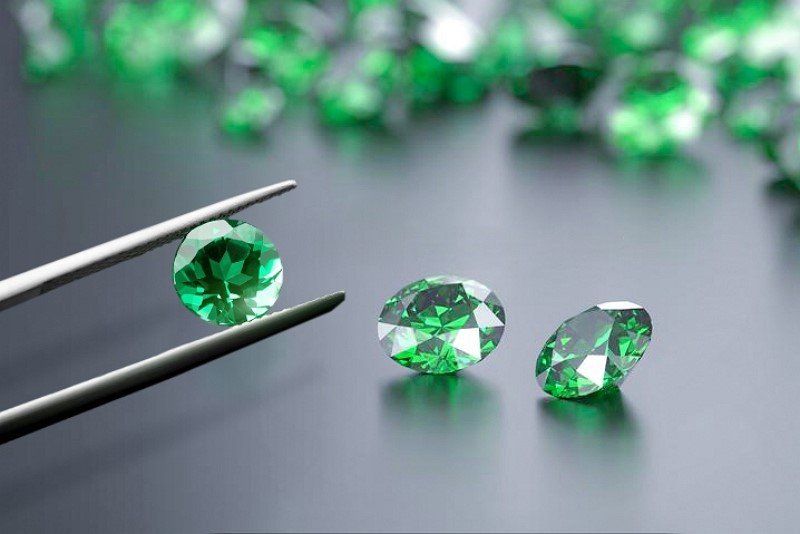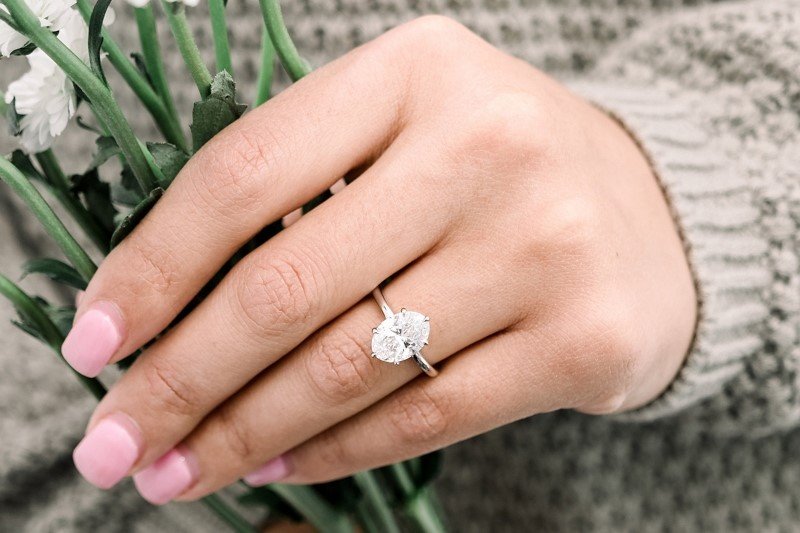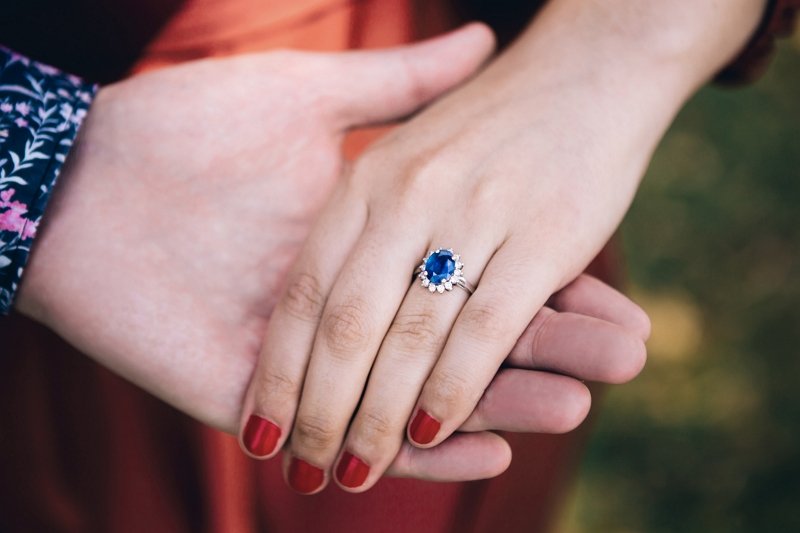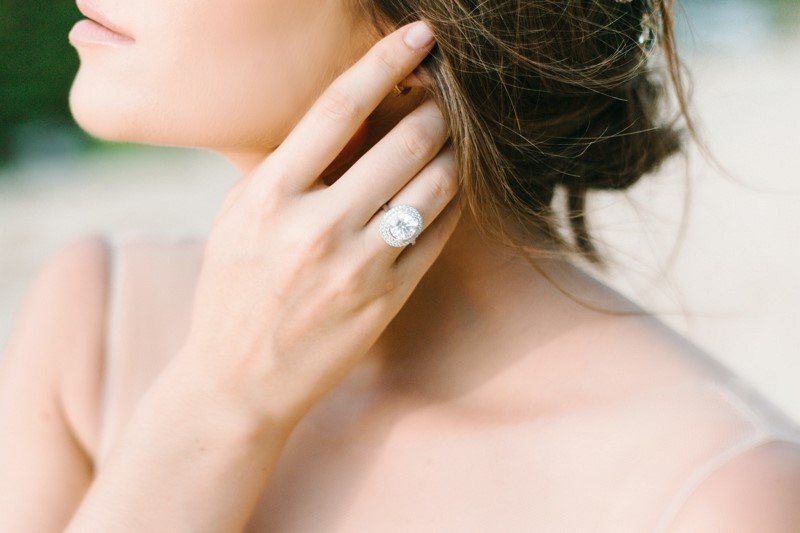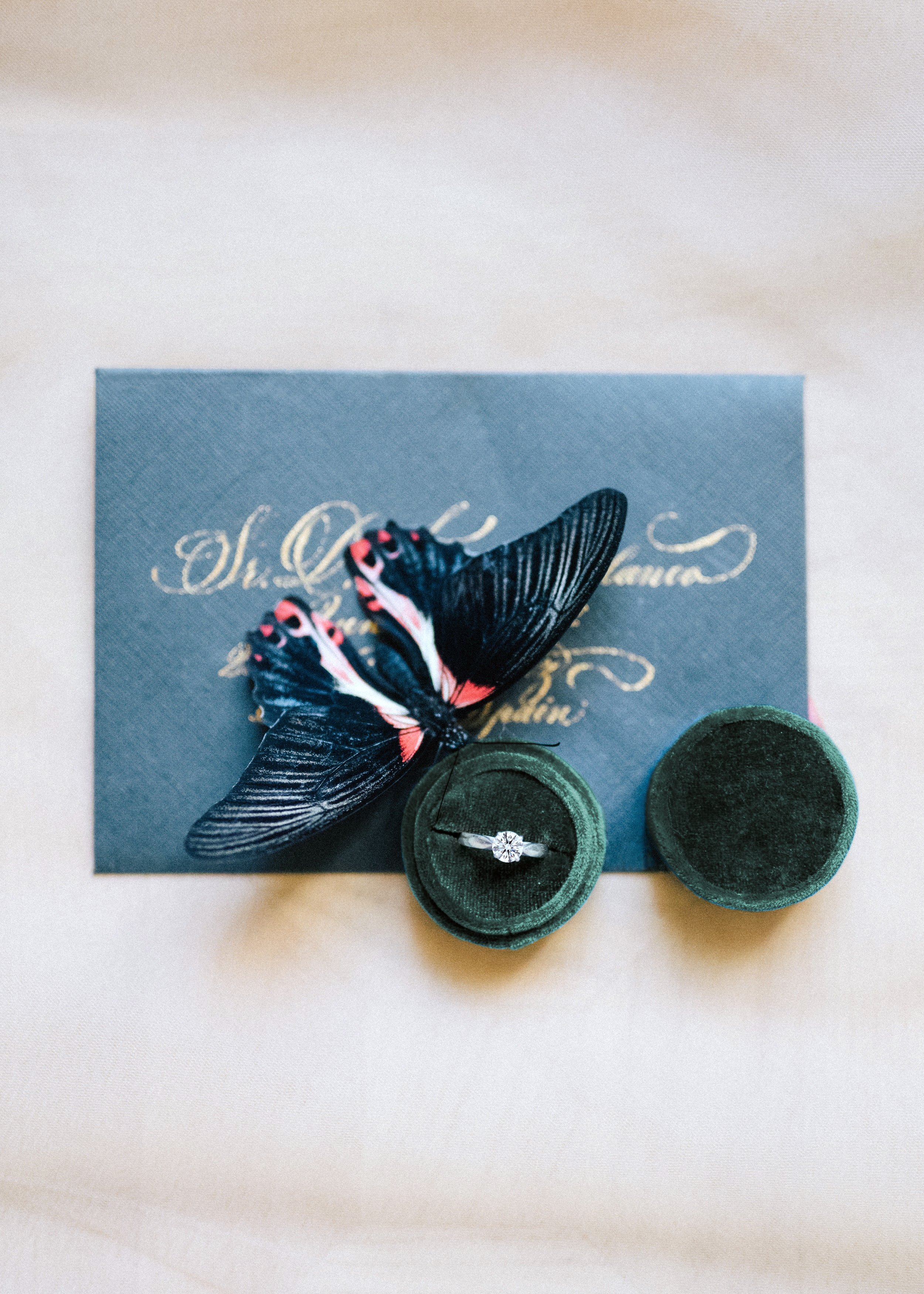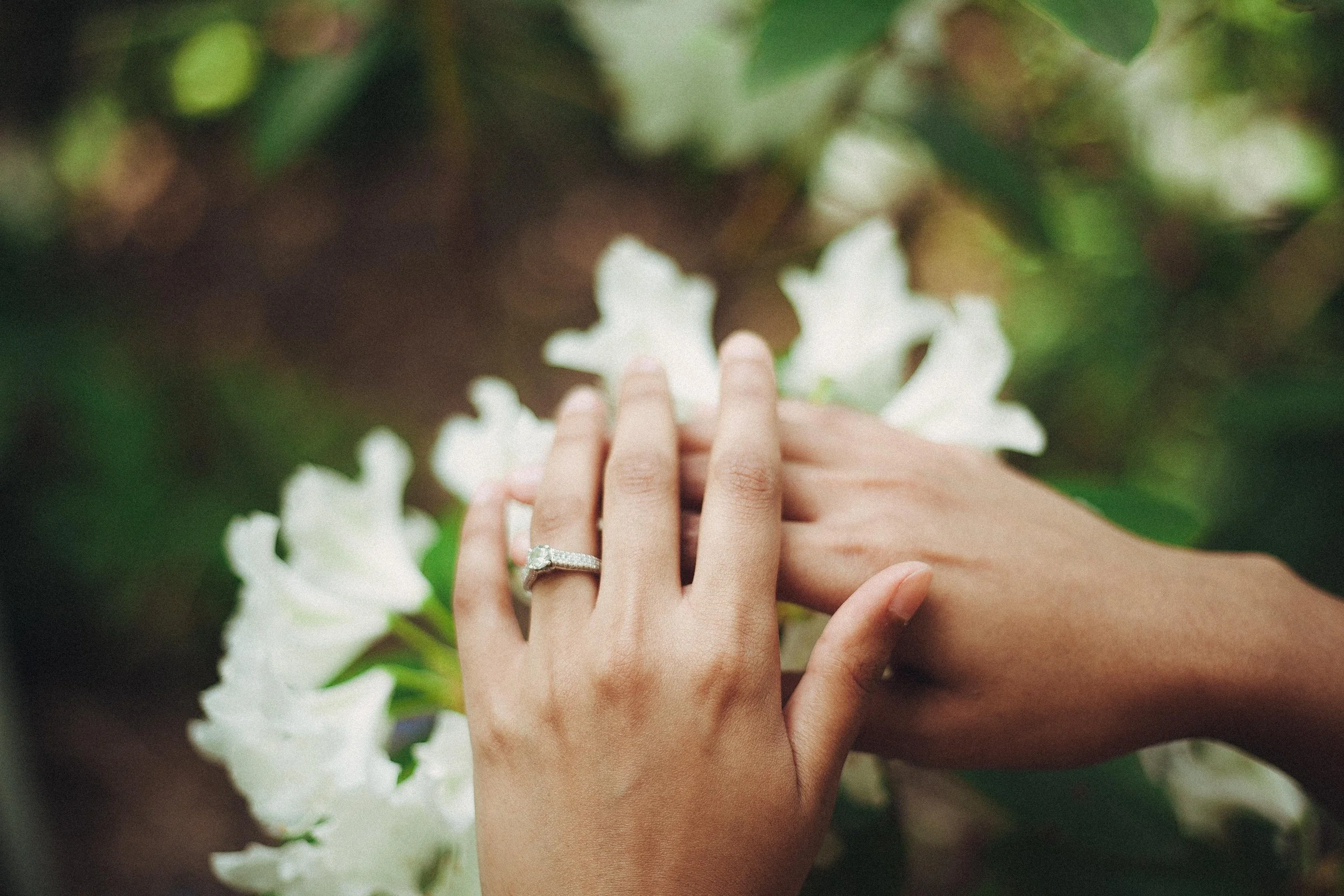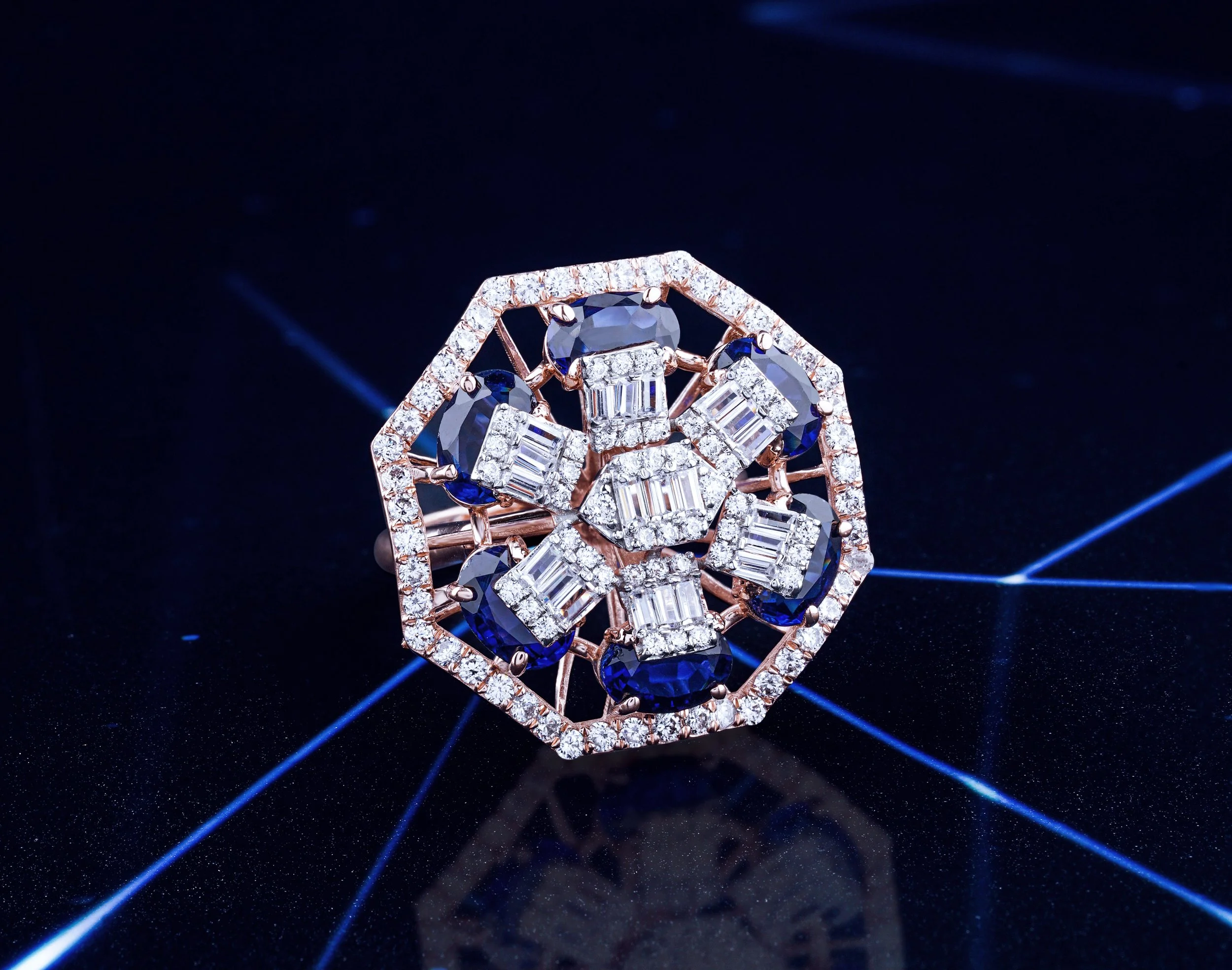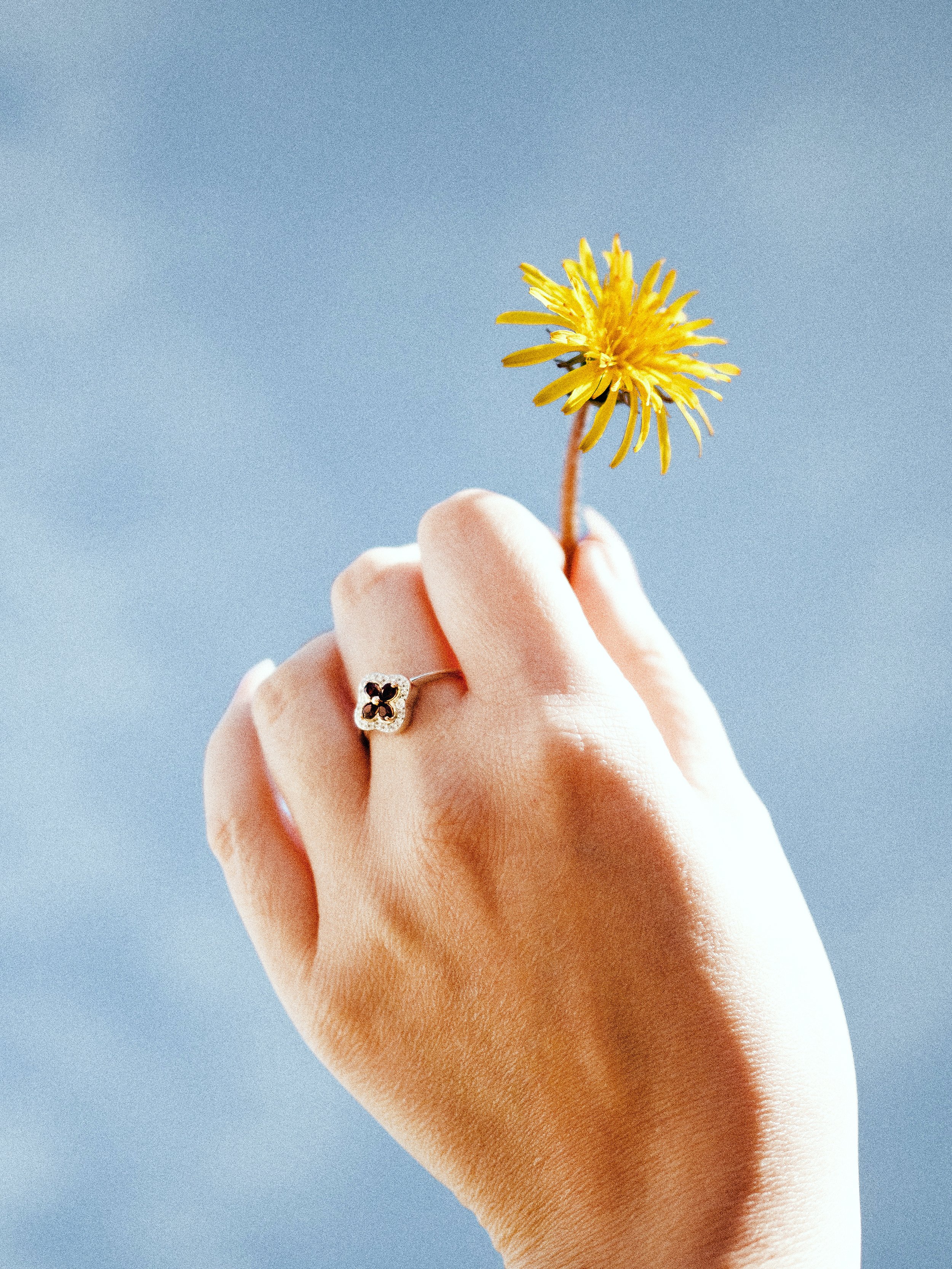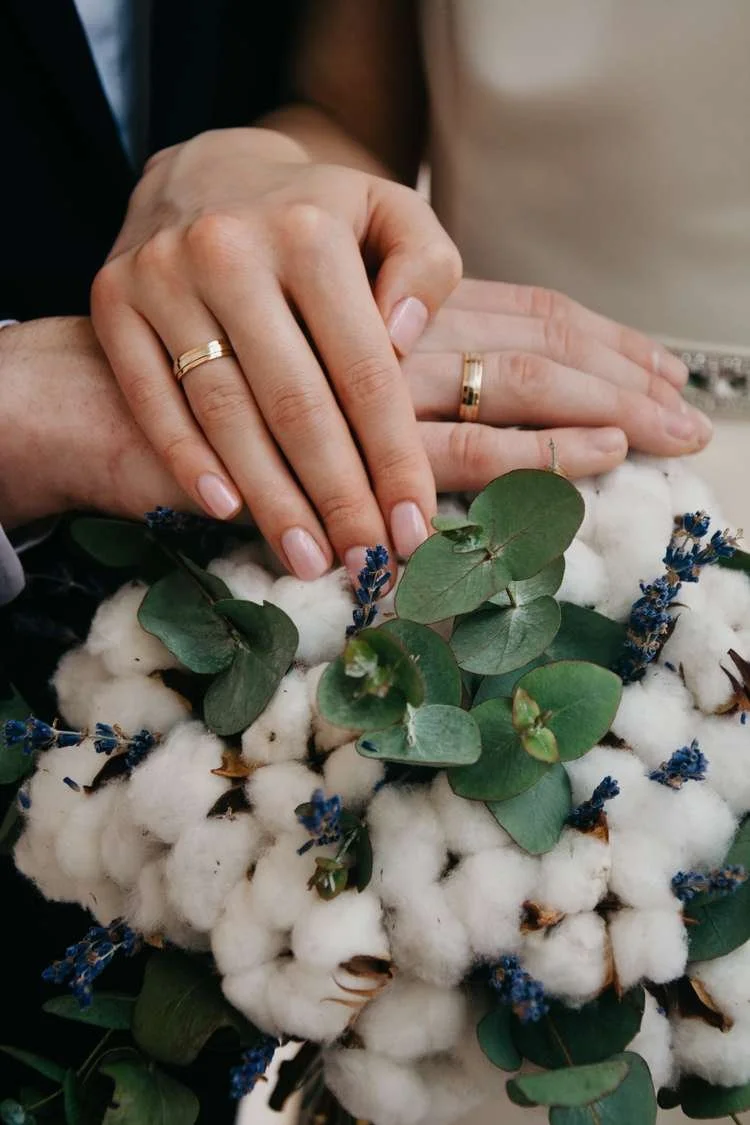20 Rare but Gorgeous Lab-grown Diamond Engagement Ring Settings
Getting engaged or married to the love of your life is the most important landmark in life. It's a turning point for your future as you embark upon carving a new path together, battling all odds and ends. Such an important day needs a special marker, such as a classic engagement or wedding ring. A unique engagement ring crafted with utmost excellence and precision should shine all your life brilliantly as a mark of your everlasting love.
If you are someone who likes to keep it simple and unique instead of following the trends, apart from the 7 most popular diamond ring setting styles that have been in vogue for ages, try the 20 other rare ring setting styles we have listed for you.
—
IN THIS ARTICLE
—
- 01 Bezel setting
- 02 Half-bezel setting
- 03 Tiffany setting
- 04 Bar setting
- 05 Trellis setting
- 06 Channel setting
- 07 Illusion setting
- 08 Basket setting
- 09 Peg head setting
- 10 Invisible setting
- 11 Cathedral setting
- 12 Cluster setting
- 13 Flush setting
- 14 Tension setting
- 15 Antique/Vintage setting
- 16 Star setting
- 17 Hidden setting
- 18 Accentsetting
- 19 Bridge accent setting
- 20 Decorative setting
Bezel setting
A bezel setting is a type of flawless setting where diamonds or other precious gemstones are fitted into the base metal of the jewelry. The stone runs along the surface of the metal, which holds it in place tightly. The metal encases the diamond for a unique look. In this type of setting, the diamonds are well protected from wear and tear and get added protection. It makes the rings more suitable for active lifestyles. Diamonds with sharp cuts and edges like pear or princess are best suited for the bezel setting style. The bezel setting also makes the ring sets affordable.
Half-bezel setting
As a full bezel setting encases the entire diamond in the metal, a partial or half bezel setting doesn't fully encase a gem. It holds a diamond in place by enclosing only the sides and not the entire stone. This is known as the half-bezel or open-bezel setting.
While the full bezel is more well-known, the half-bezel is a rare type of jewelry setting. The look is more unique, sleek, and sophisticated. Moreover, some people are not quite sure about bezel settings because they block light and inhibit shine. But, because of less coverage, half-bezels let in more light than a full-bezel. This allows light to enhance the brilliance of the partially encased stone.
Tiffany setting
The Tiffany setting was introduced in 1886. It soon came into fashion because of its unique way of setting the diamond into the ring. In fact, it set the standard for the modern-day engagement ring. This style of engagement ring features a round, brilliant-cut diamond held by six prongs. The prongs elevate the diamond above the band and lift it in the air to allow more light to hit the diamond. This maximizes the shine of the diamond and makes it look bigger and more brilliant.
Bar setting
Bar settings are often used in engagement rings and wedding rings. In this type of setting, the diamonds are fixed within metal bars on the band. The vertical metal bars allow light to pass through the diamonds and thus, do not inhibit their brilliance. The two parallel metal bars expose the other two sides of the diamond. The neat arrangement makes the ring set look unique and impressive. The secure design allows several diamonds or other gemstones to be fixed on the band. Overall, the bar setting facilitates a secure yet brilliant outlook. A bar setting can work equally well to secure a solitaire or a pack of small diamonds on a band. It can also create a beautiful halo around a center stone.
Trellis setting
The trellis setting is an understated beauty. It is extremely elegant and chic but in a subtle way. From the top view, you may not see anything special. But the profile of the ring gives away its real beauty. The intricacy of this setting lies in the design of the interconnected prongs.
Like in a prong setting, we have three, four, or six prongs holding up a diamond, a trellis setting that interwoven prongs to hold the center stone. The prongs are curved to cross and interweave with each other. This accentuates the beauty of the design. It helps to give an ornate appearance to the engagement ring while providing more security to the diamonds.
Channel setting
The channel setting came into fashion during the 1980s and 90s for a cleaner and more modern look. It gave extra protection to the gemstones while providing a chic and neat look in an engagement ring.
A channel setting is a ring setting where the diamonds are placed on a metal track or channel on the ring's band. It resembles a channel of diamonds between two walls of the base metal. The stones are placed close to one another, not fixed by prongs or bezel.
The best part is that the metal walls cover the imperfections in a diamond, hold them more securely and provide extra protection. It allows you to buy less expensive or smaller diamonds because the channel setting maximizes the look of the stone and hides all imperfections. Channel setting rings are, thus, more affordable than the rest. Lastly, a channel-setting ring won't snag at the threads of your clothes.
Illusion setting
An illusion setting is a marvelous way to make small diamonds appear bigger than they are. A small diamond is placed in the center. It is surrounded by a ring of bright-cut metal that diffuses the edge of the stone, makes it shine brilliantly, and causes the diamond to appear bigger in shape. It enhances the appearance and size of the diamond. The metal ring surrounding the diamond is patterned and cut accordingly to mimic the brilliance of the well-cut diamond. The patterns appear to us as a continuation of the diamond's girdle.
Illusion setting helps people choose small and affordable diamonds for their wedding rings without compromising brilliance and glamor.
Basket setting
A basket setting is quite similar to a prong setting. It is similar to the prong setting with one slight difference. In a prong setting, the tinies extend from the base of the ring to hold the stone in place. The same is true for the basket setting too. However, in a basket setting, horizontal bands connect the prongs at the base and create the shape of a basket. The diamond is set in a basket made with prongs and horizontal metal lines at the base, connecting the four prongs.
The shape provides added protection to the diamonds. It is good for those who find the prong setting very delicate and unreliable. However, since the basket setting has more metal lines, it hides the diamond's side view and somewhat lowers the brilliance.
Peg head setting
The prong setting looks like a basket with 4 or 6 claws that holds the diamond safely inside it. In fact prong settings can come in different styles such as the 'basket' which holds a diamond on its corners or as a 'peg head' prong setting which holds a circular diamond on its north, east, south and west sides.
A peg head setting is another kind of a prong setting, where the metal prongs meet the base shank in a V shape. This lifts the diamond above the ring to allow maximum light to hit the stone. It's one of the best settings to hold a solitaire in a ring set. The shank and prongs to hold the stone are soldered to fix them in place. While they look extremely elegant and ornate, they can be prone to damage if you have a very active lifestyle.
Invisible setting
Just like the name suggests, invisible settings make it look like a diamond is virtually floating inside the ring. You can't see any prongs or bezels, just the sparkling stones and the precious metal of the ring. This type of setting is most often used when multiple diamonds are mounted in a row or in multiple rows.
This setting is appropriate only for multi-stone arrangement that usually attached in multiple rows. It looks similar to pave setting but gives better look and more brilliance, since no claws obstruct the light's entry. Usually invisible setting is best suited with square princess, emerald, baguette, and trillion cut diamonds and gemstones because the straight edges can be positioned very close to each other without leaving any space in-between.
Cathedral setting
A cathedral setting is a traditional and outstanding way of enhancing the look of your engagement ring. As the name suggests, the diamond in the center is mounted on arches to resemble the architecture of a Gothic-style cathedral. The arches rise up from the shank on each side of the center diamond and lift it above the base. This kind of setting enhances the diamond's brilliance and creates an illusion by maximizing its size. It gives a prominent and well-defined look to the ring. Thus, the cathedral setting is a classic and excellent option for a bride with a distinct look.
Cluster setting
In a cluster setting, diamonds of small sizes are set closely together in a particular shape to resemble a large-sized diamond. A cluster setting engagement or wedding ring can contain a large diamond in the center with a group of smaller stones surrounding it for a bigger look. The diamonds in the cluster can often be shaped like a flower or a starburst. The small diamonds complement each other and offer more brilliance. It also allows you to choose several small diamonds instead of an expensive large solitaire and get the same level of shine and elegance.
Flush setting
The flush setting is also called the hammer style or gypsy setting. It is a unique and lesser-known style of diamond setting for engagement ring sets. In this style, diamonds and other gemstones are set flush against the base metal of the ring, providing a stylish look.
The flush setting is a great option if you want a sleek and modern look for your special day. It's an impressive style for both the bride and the groom and thus, makes a stunning couple ring set.
The diamonds are drilled into holes made in the metal. The top of the stones is visible while the other parts are hammered or embedded into the cavity. The stone fits smoothly against the metal band without having any edge. It is similar to the bezel setting, but, unlike it, no metal surrounds the stone. The flush setting is a modern, minimalist style that doesn't focus on enhancing the brilliance of the diamonds. Since you can work with small diamonds in this style, they are more affordable.
Tension setting
If you want an engagement ring that stands out from the rest, just like your personality, it's time to look for something unusual. A tension-setting diamond engagement ring is just what you need to look outstanding. It is a lesser-known, rare style where the center diamond is held in place between the metal ring using compression. It appears as if the stone is floating in the air between two pieces of the band. It's a break from the classic styles you have seen for ages.
Tension settings can make the rings look unsafe. People may wonder about the diamond's loose since no prongs or base are holding up the stone. However, it is a very secure style, and the center diamond won't come loose.
Antique/Vintage setting
A vintage or antique style engagement ring draws inspiration from the Edwardian, Victorian, or Art Deco fashion. These periods have inspired several trends in fashion, and the vintage or antique rings resembling the ornate styles never really get old. These vintage designs feature intricate craftsmanship like filigree work and milgrain.
Vintage engagement rings often have floral designs or a halo or double halo encircling a central diamond. There may be hand-engraved milgrain detailing filling up the halo or the petals of a floral shape. The Art Deco style of the 1920s and 30s inspired geometric designs and abstract shapes. Vintage rings made in Art Deco style may feature a tapered design, making them look ornate as well as unique.
Antique rings also have abundant filigree work where twisted metal thread runs through the setting for an embellished look around the diamond or other gemstones.
Star setting
The star style works in the same way as the grain setting but the lines radiate out from the stone in a North-East-South-West pattern, creating a star effect. This is a wonderful choice for side stones in a star inspired design, especially either side of a star sapphire. It also works well as part of a nautical inspired design because of the compass-like shape of the setting.
Hidden setting
A hidden setting or hidden halo is a type of setting where the diamonds add an extra edge to the overall design and enhance the brilliance but are not exclusively visible on the top. The halo encrusting the diamonds encircles the center diamond along the sides under the prongs. They appear from the sides but are hidden from the top. It's a way of adding a subtle shine and angle to your ring without going too loud. It's a lesser-known setting style but is gorgeous enough for women who wish to keep it simple and subtle.
Accent setting
Diamond accent setting is the style of setting small diamonds beside a larger diamond piece in a ring to accentuate the overall brilliance. These tiny side stones enhance the size and brilliance of the central stone. They are smaller in size than other diamond stones used for jewelry but are graded similarly according to cut, color, carat, and clarity.
Accent diamonds used in the setting are usually small round cuts, trillion cuts, or baguette cuts for enhancing the overall shine. These small diamonds help bring down the price of the ring by letting you choose a smaller center diamond and creating an illusion of a larger size.
Bridge accent setting
Bridge accent settings add something special to the bridging of a ring - the part where the metal and the setting meet. Usually, it's a small stone or delicate metalwork, and it can only be seen from a "through the finger" perspective. If you like attention to detail and all-around beauty, you should consider this. Again, this is a common feature of antique rings but has recently made a comeback in modern styles.
Decorative setting
The decorative setting is a rather general term that means what you might think. Jewelers often use it to describe a ring with details such as filigree, Millegrain, hand engraving, or some finish applied to the setting. This widespread occurrence in vintage engagement rings makes them a unique topic - even if the stones attached are not so dazzling. However, all decorative settings are very delicate, so they require careful maintenance. They also collect dust and dirt quickly, and if you adorn your finger with a vintage piece, it may not be suitable for regular wear. That said, it's not uncommon to find "trade-in" engagement rings, where the vintage trend is soaring these days. In this case, you may have more leeway than usual.
On the cusp of a lifetime together, the traditional gift of a diamond ring has never gone out of style. A symbol of commitment over the ages, the right ring for the right person is a symbol of love without question.
Just as a master tailor creates a perfectly cut evening dress or an elegant suit, a trustworthy diamond jeweler is needed to handcraft an exquisite custom diamond ring.
The interesting thing about Sunny Eden™️ engagement and wedding rings is how they evolve from something we have - hair, to a sparkling gift of love in a magical moment in the laboratory. For every holiday, every gorgeous occasion, every day-to-day experience, this symbol of love is always there for you. It is tiny but full of memories.
What's your style for marking the beginning of a beautiful chapter in your life?
